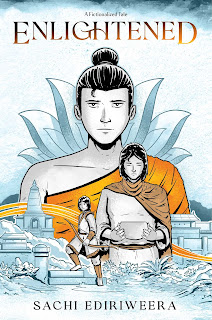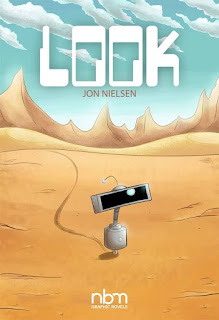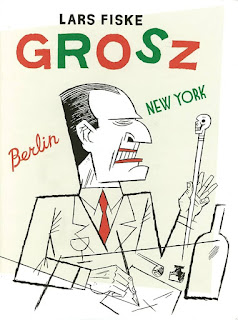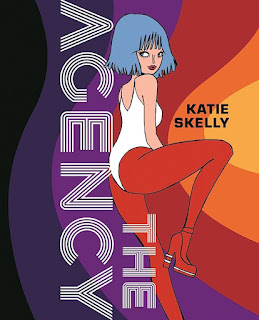I Was Their American Dream by Malaka Gharib
Identity is important in American life – the “what are you” question that probably can be asked politely, but rarely is. We’re a nation that needs to put people into specific boxes, to celebrate or denigrate based on what your parents and ancestors were and did – or, more reductively, what you look like.
I’m sure similar things happen in other nations. But it’s so central to American life, especially if you’re not the default. As it happens, I am the default: male, Northeastern, very WASPy, and now middle-aged. But even people like me can see how it works if we pay attention.
So the result is: many, possibly most immigrant memoirs by first- or second-generation Americans boil down to: this is who I am, this is where I came from, this is what’s important to me and my family, and this is why that matters. Those are the questions they keep hearing, so they answer them. Those are the things that are assumed to be central to an American identity: what’s on the left side of the “something-American” hyphen?
Malaka Gharib grew up in a diverse city – Cerrittos, California, mostly in the ’90s – and still had to deal with that question more than most of her peers, because her family wasn’t one thing, like most of her schoolmates. (There’s a page here where she shows a schematic of her highschool, with every group – Koreans, Taiwanese, Filipino, Pakistani, Portuguese, Mexican – in their clusters, and her all alone in the middle.)
The back cover of I Was Their American Dream , Gharib’s debut graphic novel from 2019, is a very slightly different version of a page from the book asking that very question, in that blunt American way: “Malaka, what are you?” (And note, of course, it’s always what, like a thing, and not who, like a person.) The book is her answer.
The short answer is that her mother was Filipino and her father was Egyptian; they met in California, fell in love, married, and had this one daughter before divorcing. Gharib tells that story here: that’s the start of every American story, explaining who your people are. But Gharib has two kinds of people: the Filipinos and the Egyptians. She lives mostly with the extended family of her mother, but spends summers with her father in Egypt.
They’re both part of her identity. She’s different, special, unique. Which is not known for being a comfortable thing for a teenager.
American Dream tells that story – how she grew up, discovered she wasn’t typical, and how that worked out for her through school and college and early adult life. (She was around thirty when she drew this book.) The voice is the adult Gharib looking back: this is a book that could be read by younger readers, but not one specifically pitched to them.
Gharib had a second memoir, the more tightly focused It Won’t Always Be Like This , a few years later. That book is more thoughtful and specific, but American Dream is bigger – this would be the one to start with, I think. And Gharib has a mostly breezy tone and an appealingly loose art style throughout – she may be grappling with some serious themes, but not in a heavy-handed way. She seems to have had a happy childhood, and is celebrating that – comics memoirs so often come out of the opposite impulse that it’s important to mention that. This is the story of a happy childhood, in large part because it was quirky and specific and filled with interesting, loving people from two different cultures.
Reposted from The Antick Musings of G.B.H. Hornswoggler, Gent.





















